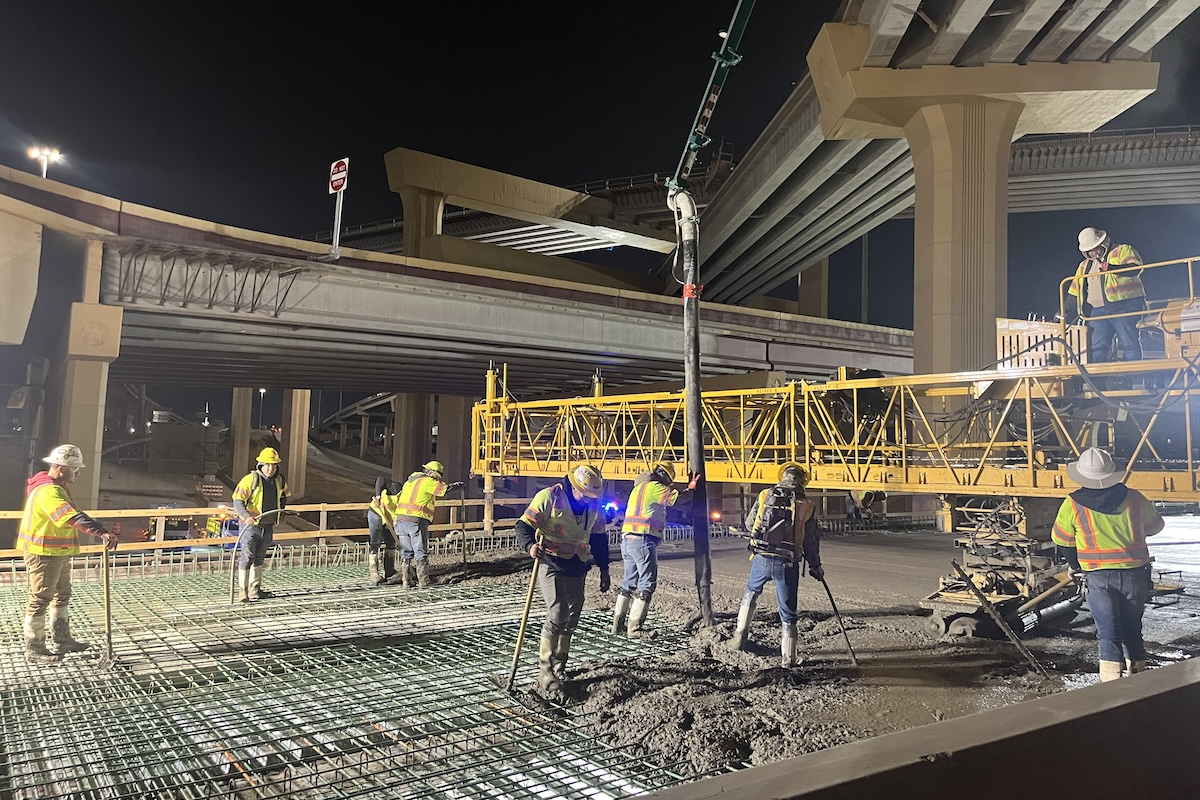What are known as musculoskeletal disorders (MSDs) reportedly rack up $20 billion in annual direct costs for employers, and adding indirect costs such as lost productivity may easily drive that number to more than $50 billion. These disorders create chronic pain and suffering for workers, often resulting in long-term or permanent disability or impaired quality of life. The Bureau of Labor Statistics reports they accounted for more than 55 percent of work-related emergency room visits in 2019. Recovery from MSDs takes longer than other injuries and illnesses, too – accounting for 38 percent more lost time.
When muscles contract as we perform tasks, they access energy from sugars and release lactic acid and other chemicals. Normally, our blood washes those potentially harmful chemicals away from the muscle tissue, but when a contraction is prolonged, it can interfere with the blood flow through the muscle. Lactic acid and other substances that aren’t cleared away then begin to accumulate in muscle tissue, leading to irritation and pain.

| Your local Gomaco dealer |
|---|
| Romco Equipment Co |
| Closner Equipment Co Inc |
Our tendons connect our muscles to our bones. Some tendons, like those in our wrists and hands, are protected by sheaths. Similar to tubes, the sheaths naturally generate fluid that keeps the tendons lubricated, allowing for easier movement. Excess or repetitive movements of a tendon can interfere with that lubrication, leading to inflammation, swelling, and pain. Other tendons, such as those in our forearms, elbows, and shoulders, are made of fibers that can be torn by too much stress or become thick and irregular. Where tendons move through constricted areas, sacs known as bursa manufacture similar lubricating fluid. If the tendon becomes too thick, it can irritate the bursa, causing the painful condition we now as bursitis.
Our nerves are also a common location for MSDs. We count on our body’s network of nerves to deliver the brain’s commands to muscles, and to relay important information back to the brain – for example, when we touch something that’s too hot. The thin nerves wind around our muscles and tendons, and as those systems stretch and swell from stress, being used in odd positions, or performing repetitive actions, the nerves can be squeezed. In addition to causing pain, the pressure on the nerves can begin to interfere with the function of the muscles.
We’ve taken a brief look at the physiology behind MSDs. To better understand how that physiology is affected by workplace activities, let’s examine some of the common stress factors that are involved.
So why do those everyday activities become harmful in the workplace? There are several reasons, with repetition being of the most common. Lift a 50-pound bag of dog food once, and you’ll probably feel some strain that passes fairly quickly. Now lift that same weight 30 times an hour for an 8-hour shift and see how you feel. Besides repetition, other aspects of the workplace contributing to the development of MSDs includes continually putting intense force on specific musculoskeletal systems, like having to turn a screwdriver the same way for hours on end or having your body positioned in an awkward way for a long time. None of those acts is inherently dangerous, but they don’t give your body the all-important opportunity to recover.
Most often, workers who are in the early stages of MSDs notice irritating symptoms such as minor body aches, tightness, or tingling, but those symptoms tend to subside with rest.
As damage to the body accumulates, workers may notice they’re sore more of the time. Discomfort that once took hours to appear starts showing up earlier in their shift. Over-the-counter pain relievers like ibuprofen and naproxen become part of their daily diet. Eventually, they find it difficult to perform their daily work because of the pain and their sleep begins to suffer. That’s when they finally end up visiting a doctor or chiropractor.
It’s important to mention the three overarching areas your process should address:
- Your process must examine the conditions under which workers perform tasks so you can eliminate, engineer, or mitigate the risks of MSDs.
- Workers and supervisors need to develop an understanding of how MSDs occur and what they can do to protect themselves and others.
- You need to establish a plan of action for when workers begin to experience symptoms of MSDs, so you can prevent further damage and facilitate recovery.
If the nature of a task contributes to MSDs, look for ways to reduce the risk through engineering, which can involve anything from automation to simply changing the why the workplace is designed. Something as simple as a different kind of chair or changing the height of the work surface often pays big dividends.
Better tools or other equipment may be available to perform specific tasks, reducing the physical stresses workers experience.
Instead of expecting a worker to perform the same task throughout a shift, look for ways to rotate tasks among multiple workers so each gets time to recover. Another approach is to divide tasks so no single worker handles all the potentially detrimental work. In addition to reducing physical fatigue, job changes like these can help with morale.
Sometimes, you can’t eliminate or engineer the risks out of tasks. That’s when you may consider training workers in ways they can perform the task with less exposure to physical damage – whether that involves lifting differently or changing their stance while performing the task.
Educate everyone about how MSDs occur and the role they can play in preventing and recognizing them, so they can help with early intervention.
The human body is an amazing machine that’s adept at repairing itself. A comprehensive program to address MSDs will help the body do what it’s designed to do, so workers aren’t forced to suffer or seek medical help. That will save employers time and money, and allow workers to enjoy a better quality of life.




































































